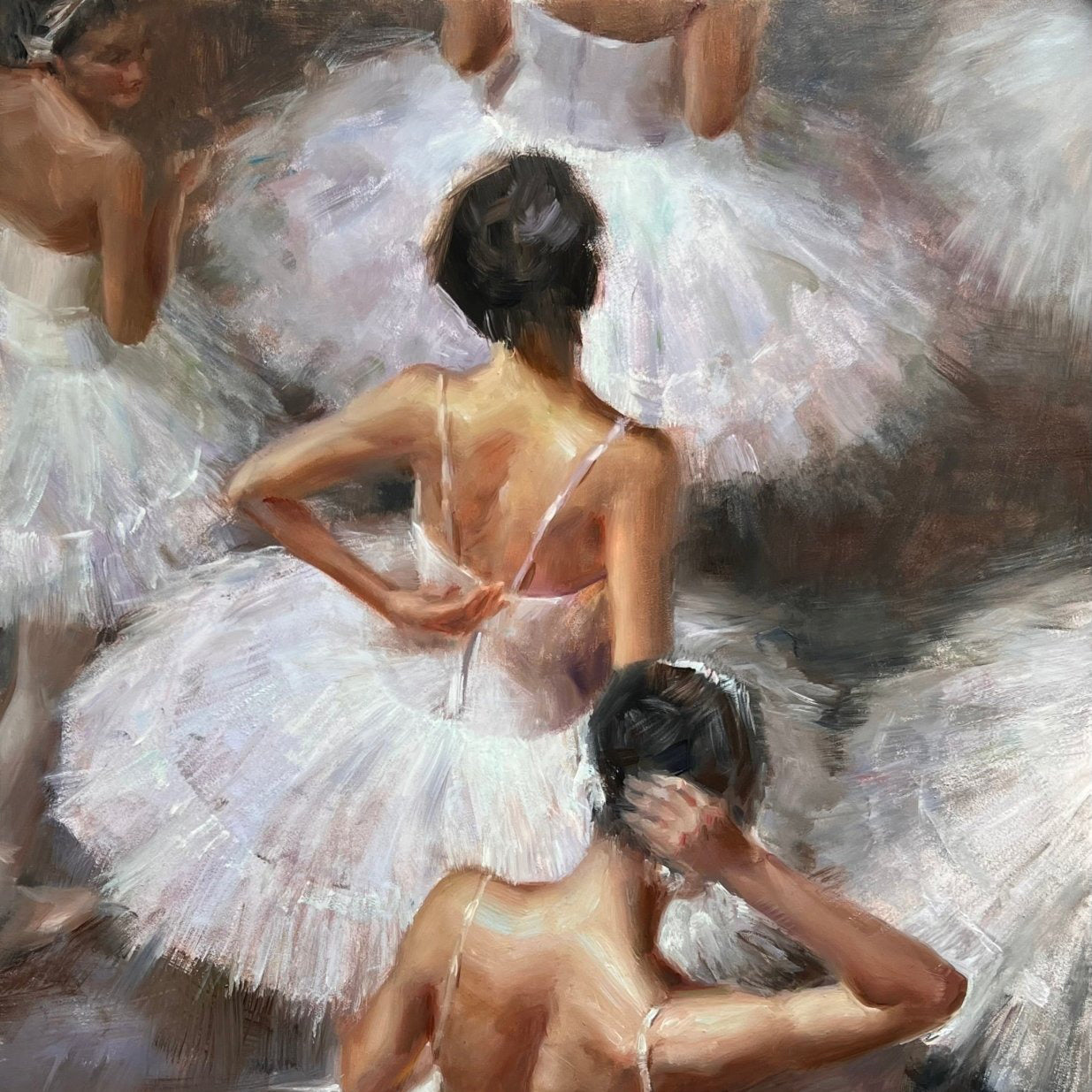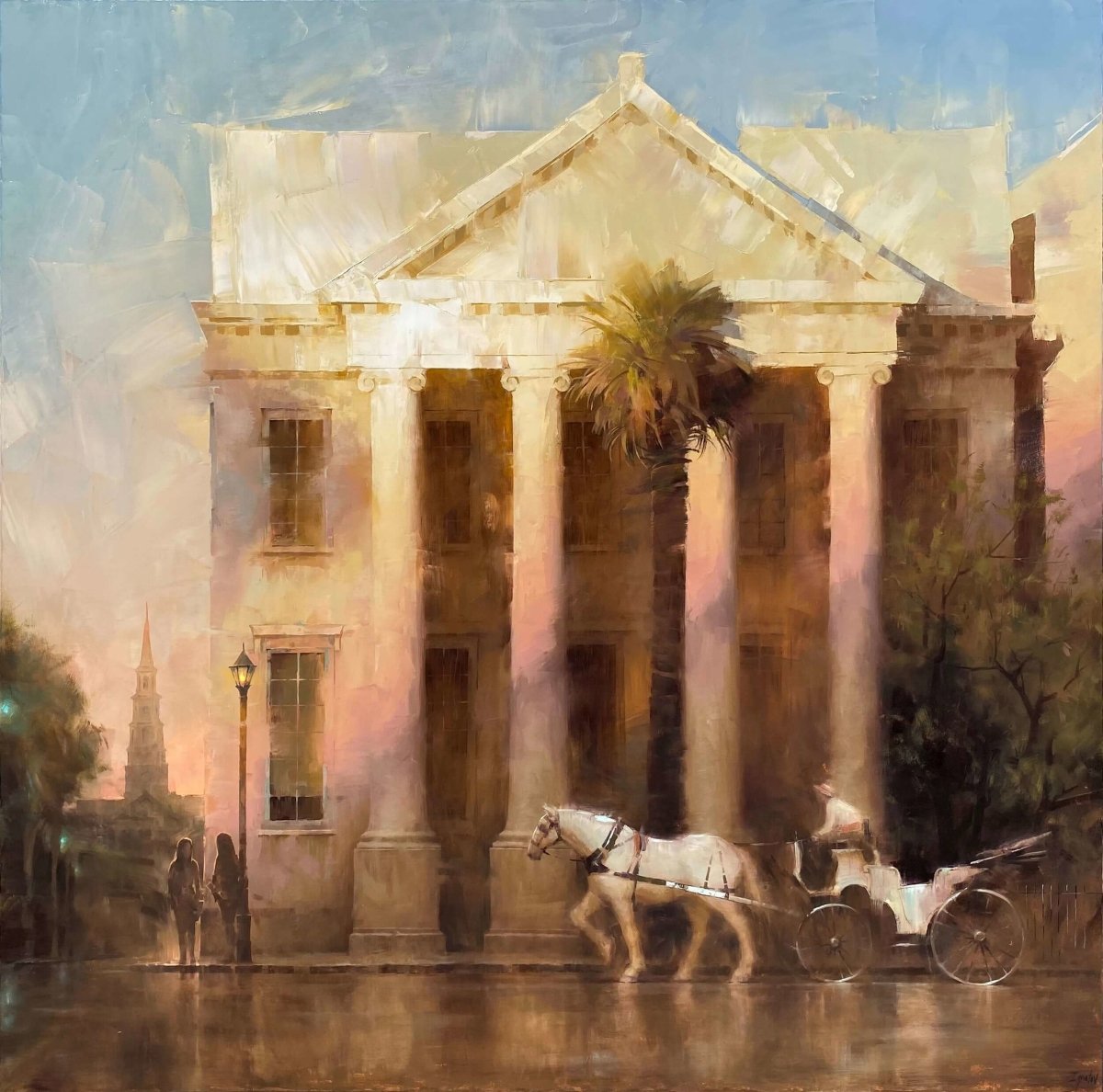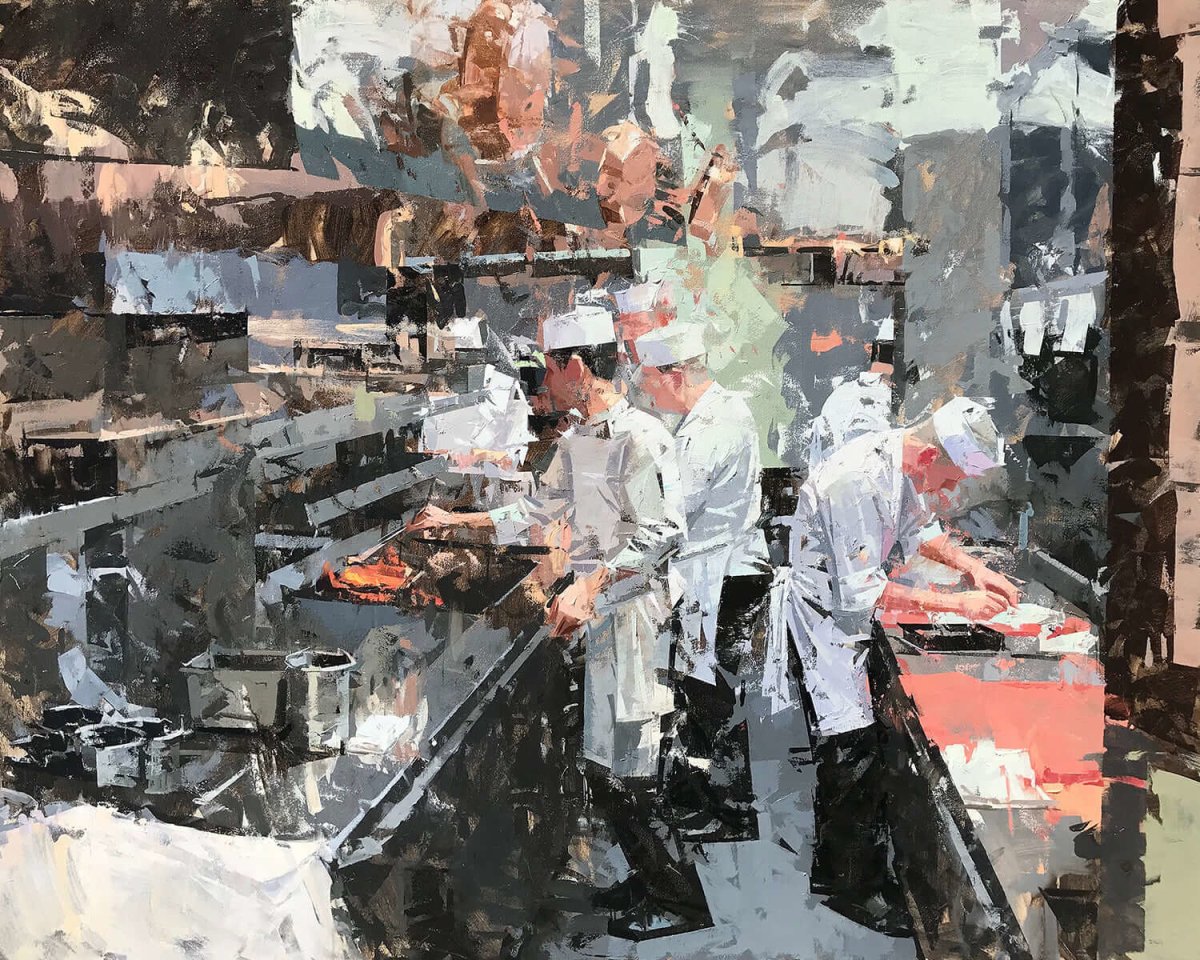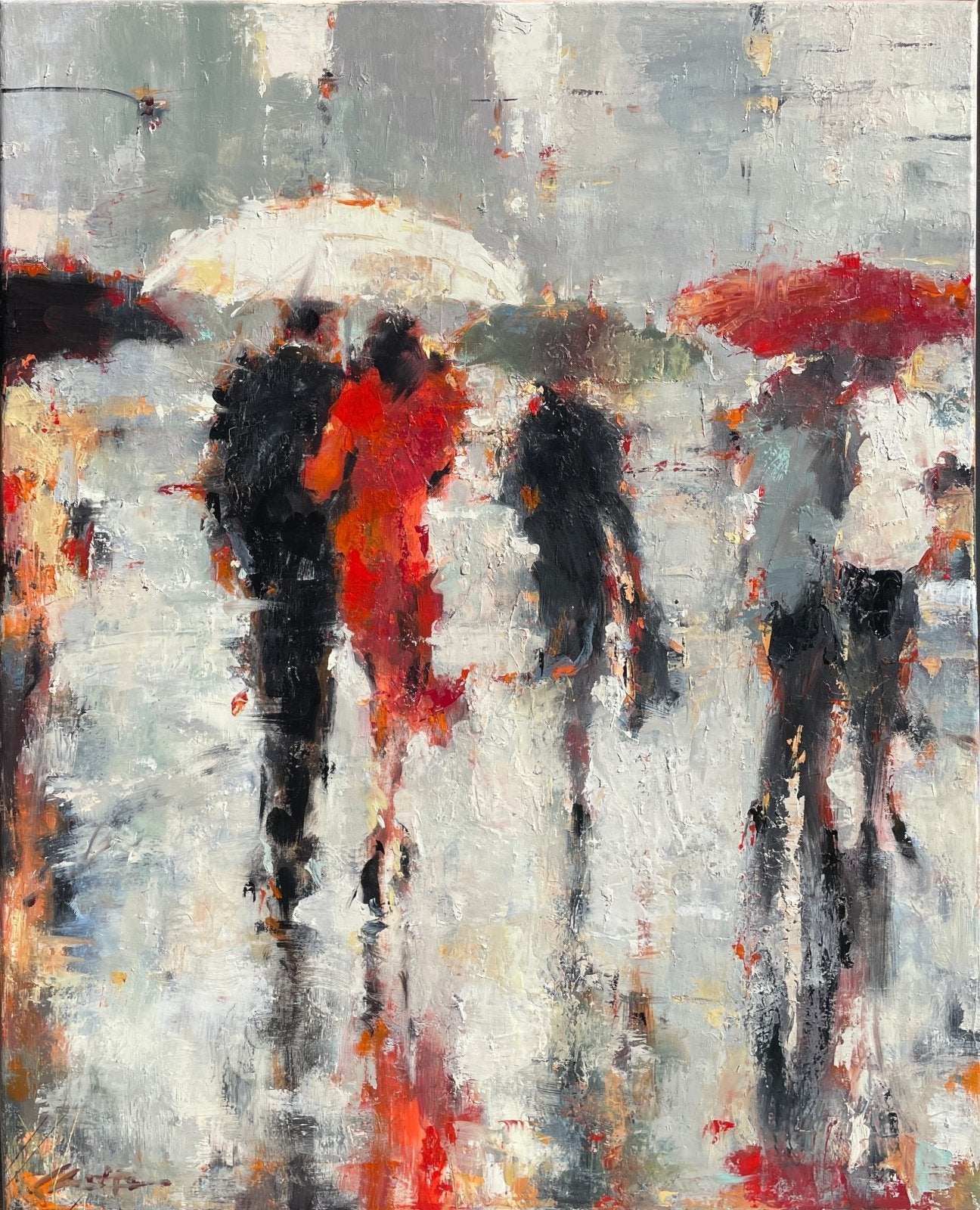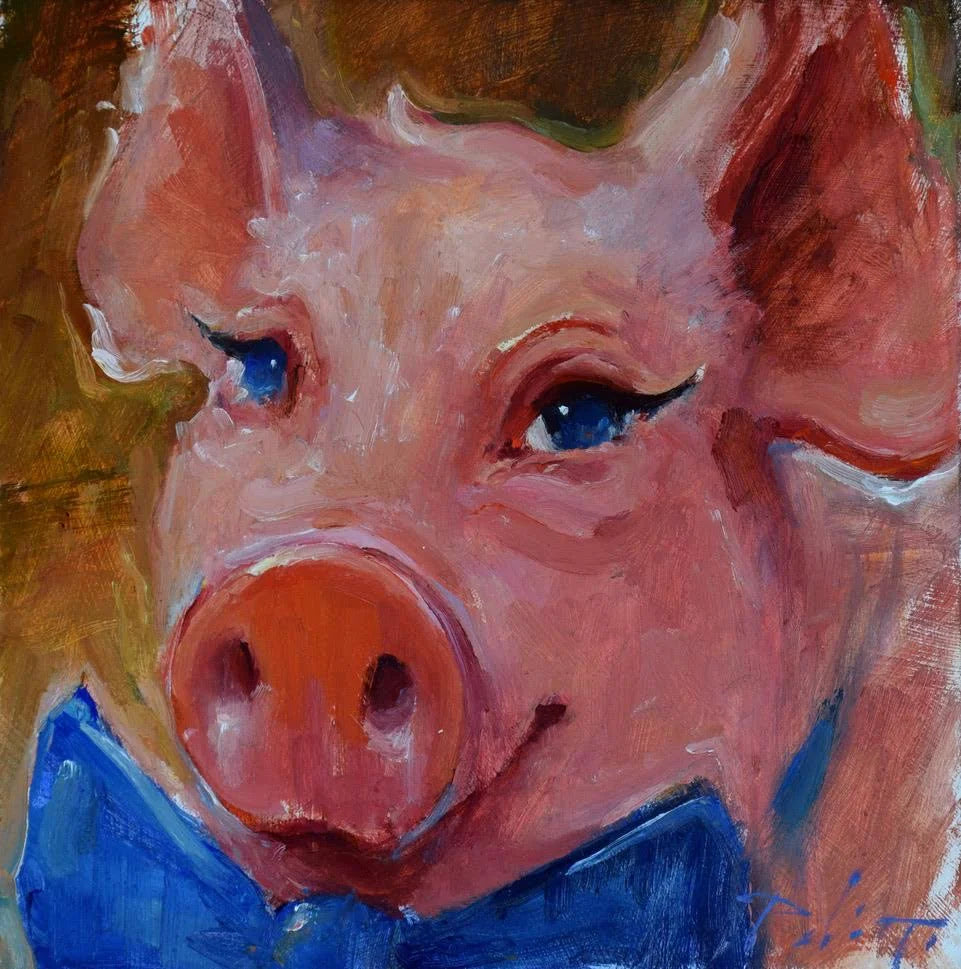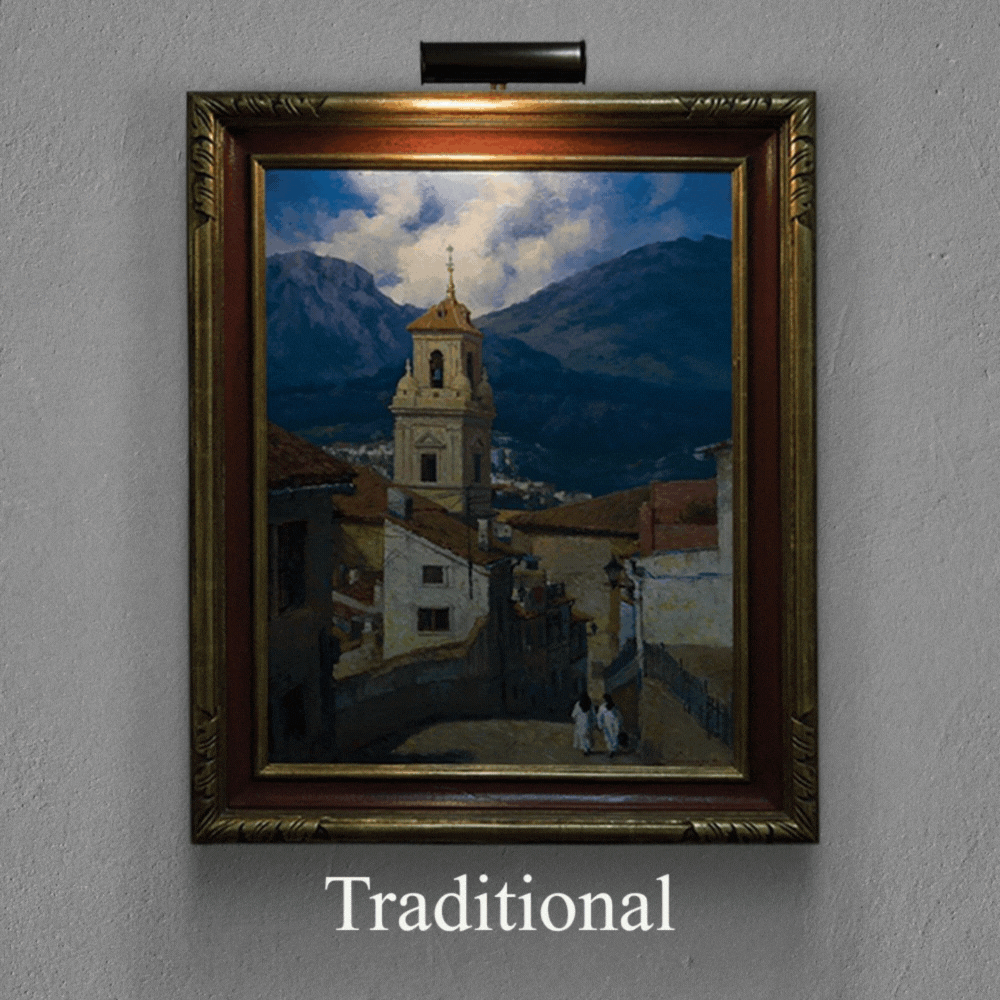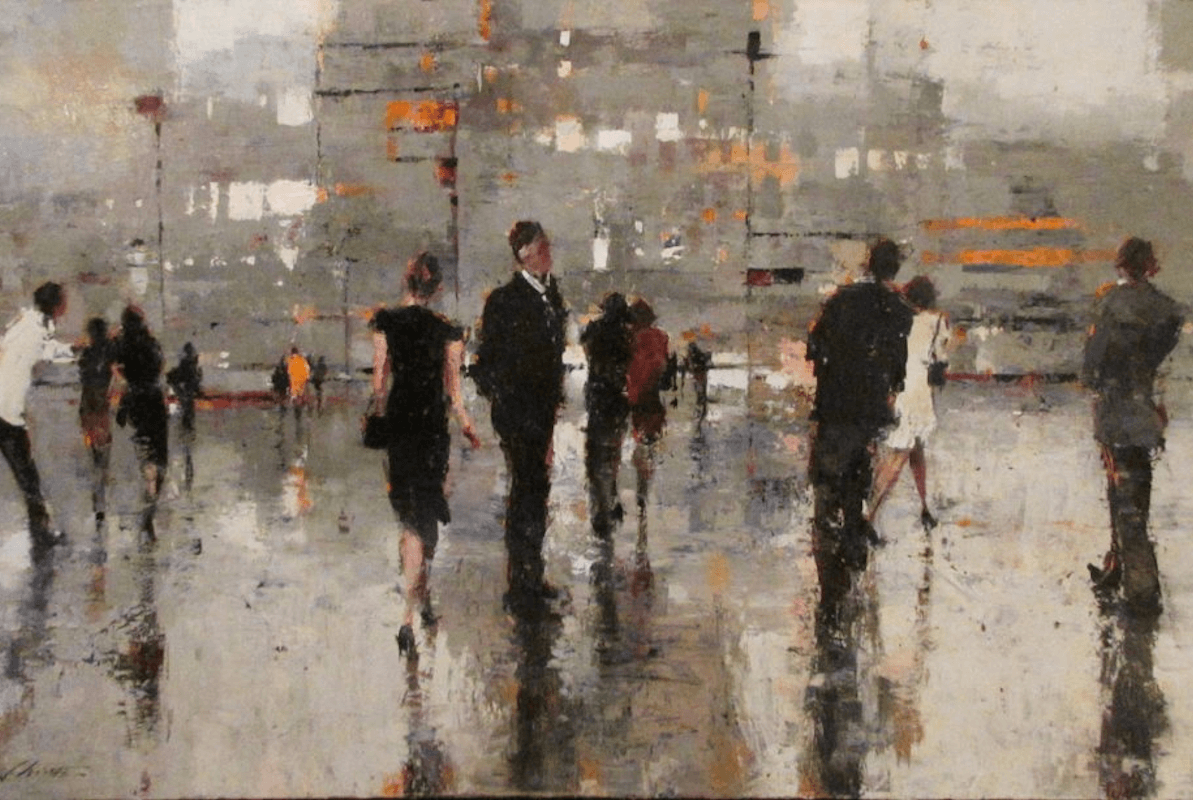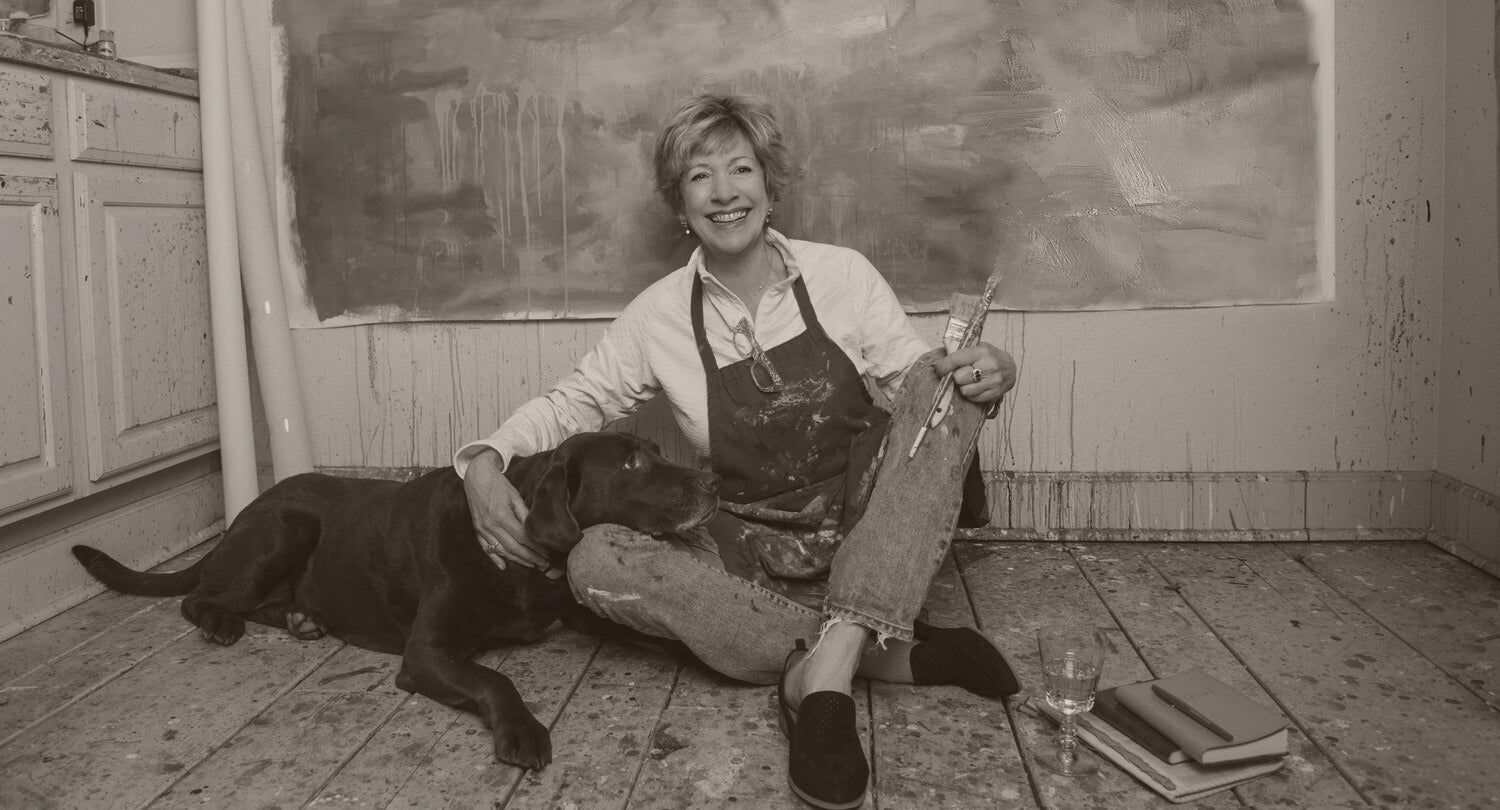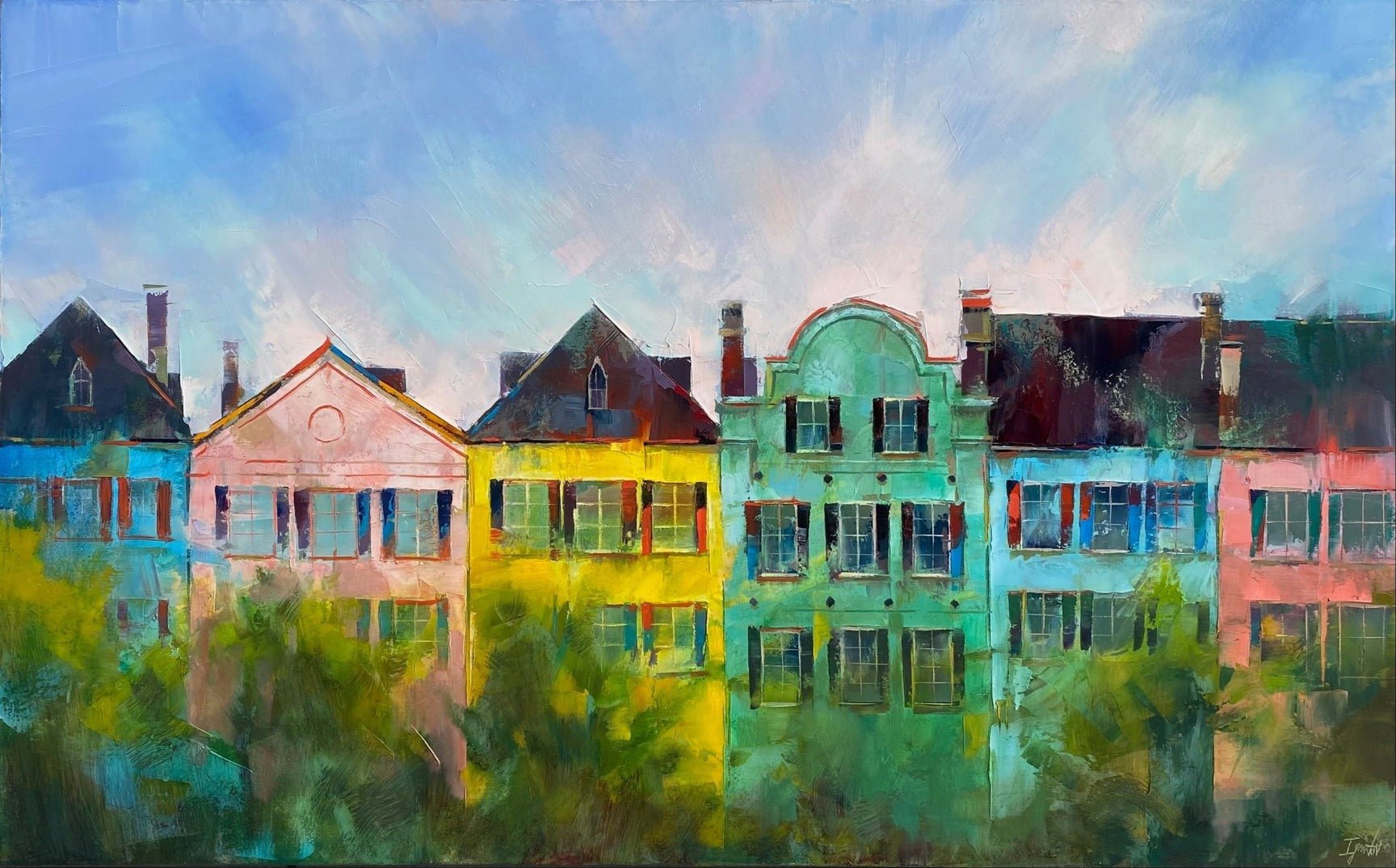Understanding the Difference Between Art and Fine Art
What is fine art? Art is a vast and varied term that encompasses numerous creative practices and methods. It serves as a form of human expression that allows us to communicate ideas, emotions, and experiences through various mediums. From paintings and sculpture to performance and installation art, there are many ways to express oneself through artistic means.
So... What's the difference between art and fine art?
One of the main distinctions in the field of art is the difference between art and fine art. While both types of art can be visually appealing and creatively expressive, different purposes are served by each, and they are created using different techniques.
LePrince Fine Art Gallery represents artists creating fine art.
Fine art is primarily created for its aesthetic value, with its beauty, emotional impact, and technical skill intended to be appreciated. Art often created using traditional techniques and materials such as painting, sculpture, or printmaking. Typically, you will find it displayed in galleries, museums, and other cultural institutions.
Check out our article on how to buy art in an art gallery for more information. Fine art can also include other mediums such as performance art, installation art, and conceptual art.
What's the purpose of fine art?
Its primary purpose of fine art is to evoke emotions and to communicate an idea or message to the viewer. Fine art is meant to be appreciated for its beauty and its ability to convey complex ideas, emotions, or experiences. It is often created by trained artists and is regarded as a luxury or investment, with works by well-known artists fetching high prices at auction. For the appreciation of fine art lies in its cultural, historical, and artistic value. It's intellectual value can be studied and analyzed in depth by art historians, critics, and scholars. For example, here are some of the characteristics to look for in a fine art painting, such as in Lorraine Christie's oil painting titled "Still" (shown above).
Characteristics of Fine Art:
- Artists primarily create fine art paintings for their aesthetic value.
- They often utilize traditional techniques and materials such as oil paint, acrylic paint, or watercolor on high-quality surfaces like canvas.
- They carefully consider the placement of objects and figures within the painting, giving great attention to composition and design.
- They demonstrate technical skill and mastery of the medium through their adept handling of the paint, meticulous attention to detail in the painting, and the overall high quality of their work.
- Fine art paintings often evoke an emotional impact on the viewer through the use of color, composition, or subject matter.
- These characteristics work together to create a work of art that is visually stunning, emotionally impactful, and technically proficient, captivating and inspiring viewers around the world.
Applied art and its design principles.
Applied art, on the other hand, refers to the use of artistic design principles in the creation of functional objects. This type of art serves a practical purpose, in addition to being aesthetically pleasing. Applied artists use the principles of art and design to create objects. These objects need to bevisually appealing while also being functional and useful.
Applied Art
Examples of applied art include graphic design, product design, interior design, fashion design, industrial design, and architecture. In graphic design, for instance, the principles of composition, color, and typography are used to create logos, packaging, and other promotional materials for businesses.Product Design
However, In product design, the focus is on creating aesthetically pleasing and functional objects such as furniture, appliances, and consumer electronics. In architecture, the principles of design and aesthetics are employed to create structures that are functional, safe, and visually appealing. Architects use their knowledge of materials, space, and form to create buildings that are both beautiful and functional. Industrial design involves designing everyday objects such as tools and appliances that are both functional and visually appealing.
Fashion design is another example of applied art that involves creating clothing and accessories that are both fashionable and functional. Fashion designers use their knowledge of color, texture, and form to create clothing and accessories.
Differences
Unlike fine art, which is primarily appreciated for its aesthetic value, applied art is characterized by serving a practical purpose while also being aesthetically pleasing. A wide range of applications exists for applied art, and it finds use in various fields such as advertising, product design, architecture, and fashion. involves combining creativity with functionality, creating objects that are both beautiful and useful.
In conclusion, art is a diverse and powerful category that encompasses a wide range of creative practices and disciplines. The distinction between art and fine art is reflected in the different purposes and techniques involved in the creation of these various forms of artistic expression, with fine art being primarily created for its aesthetic value and art encompassing a wider range of creative practices and purposes.
Mark making and storytelling are two essential aspects of artistic expression that allow artists to create powerful works of art that can evoke emotions, convey messages, and connect us with others on a deeper level. Our blog offers more insights on the mark making techniques of scumbing, glazing and hatching. Applied art, on the other hand, serves a practical purpose while also being aesthetically pleasing, and has a wide range of applications in various fields.


